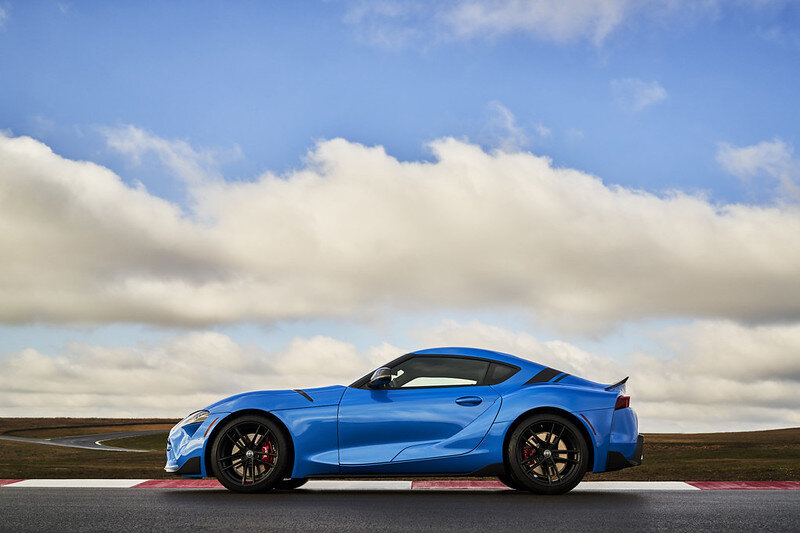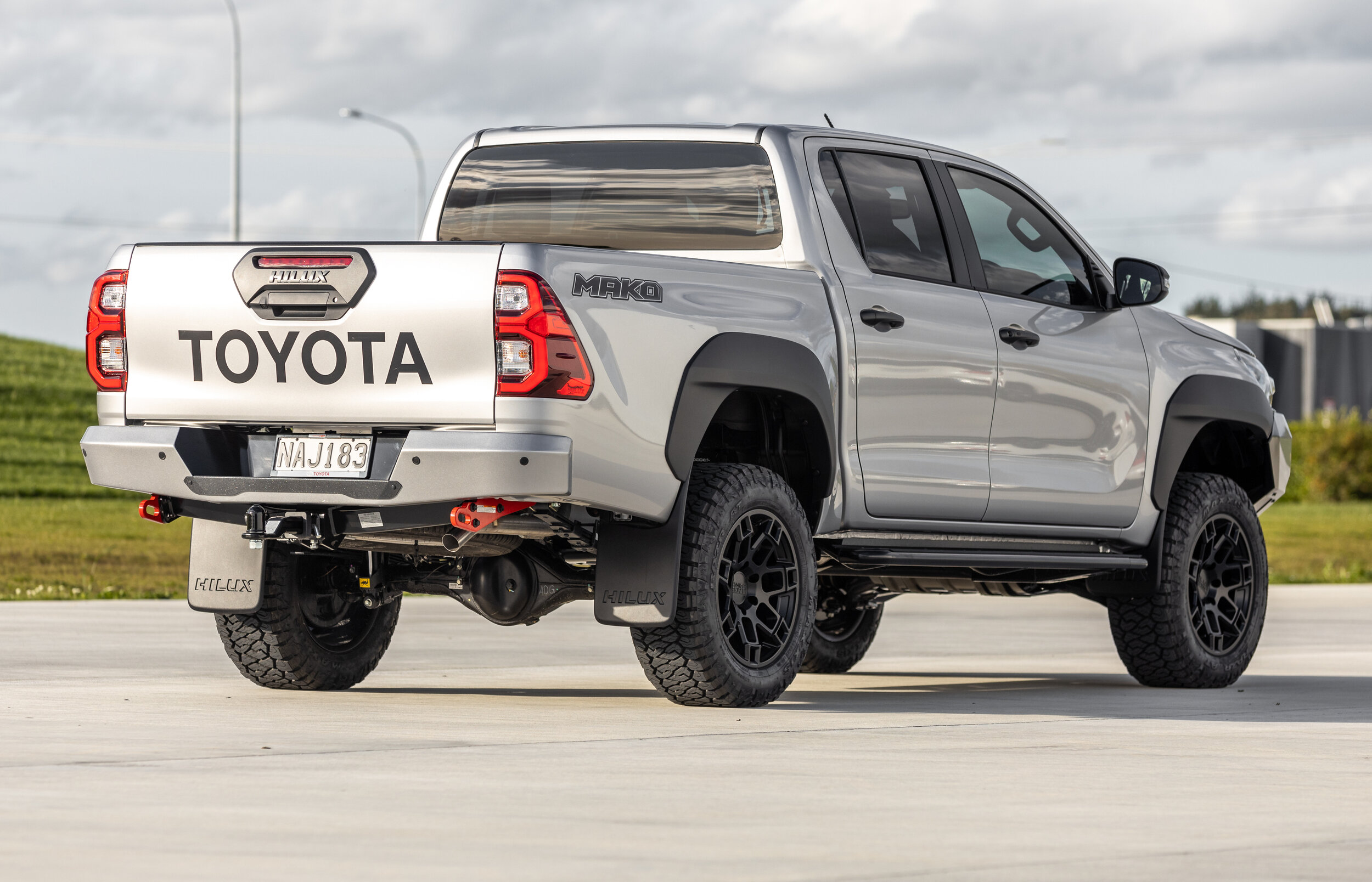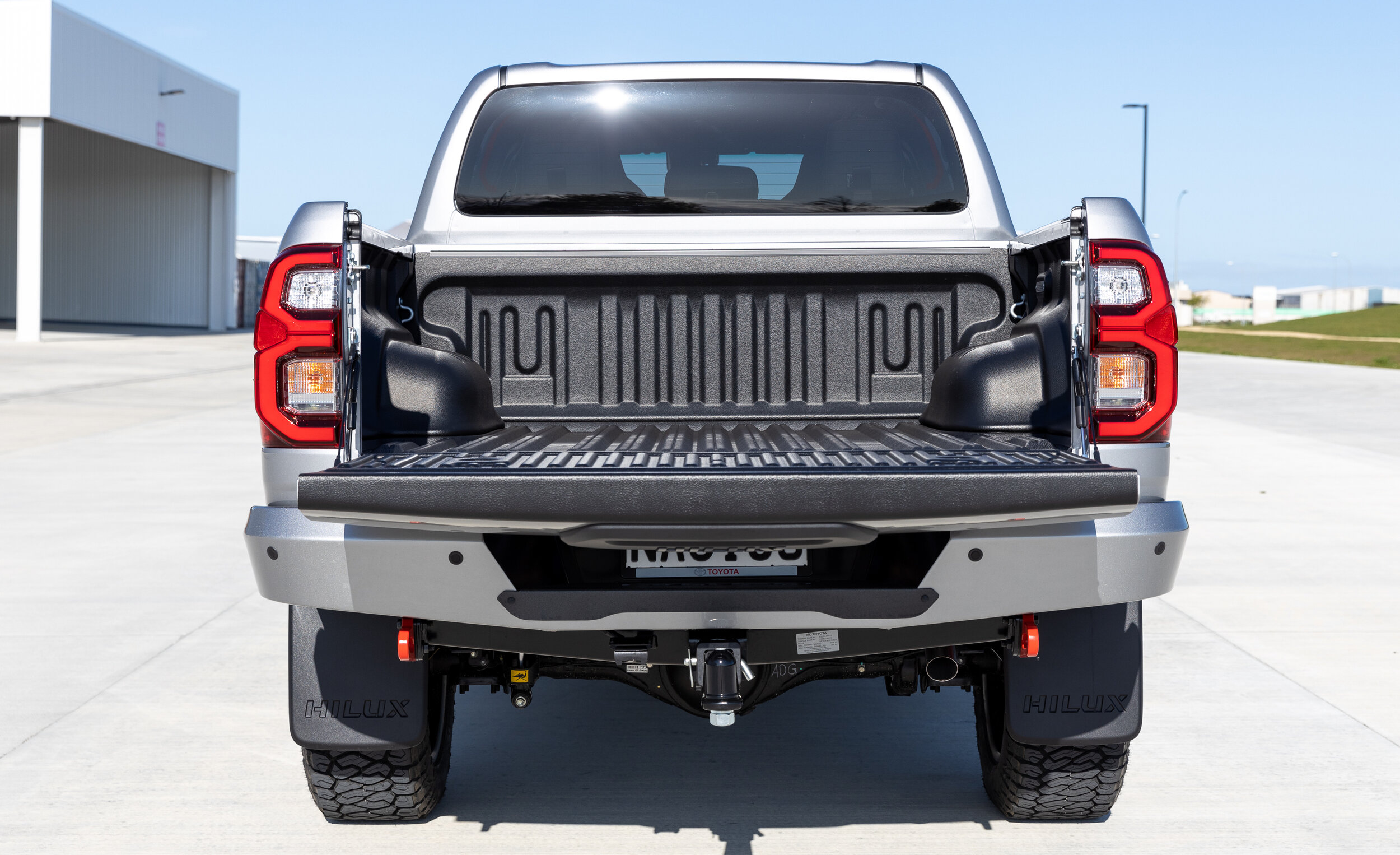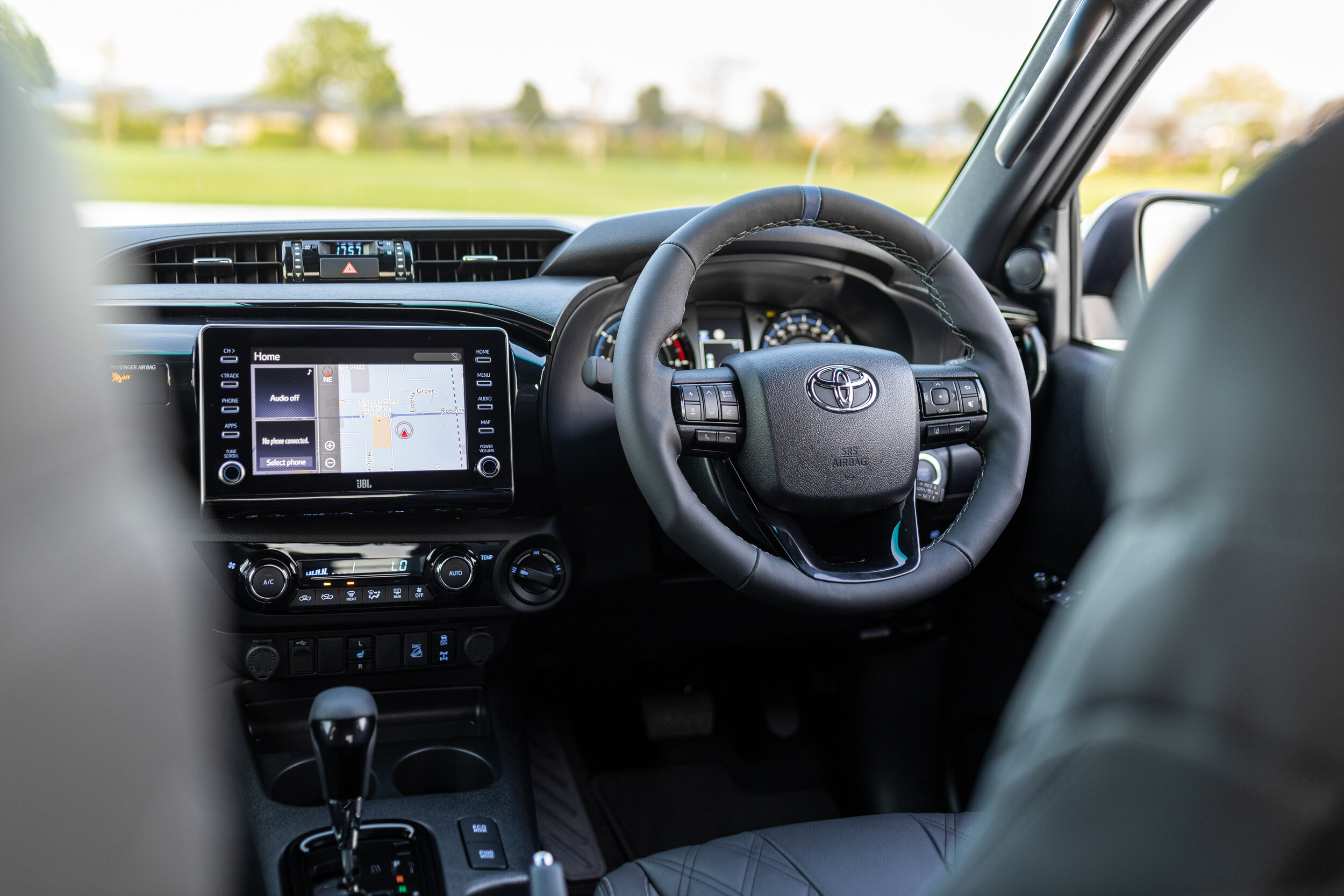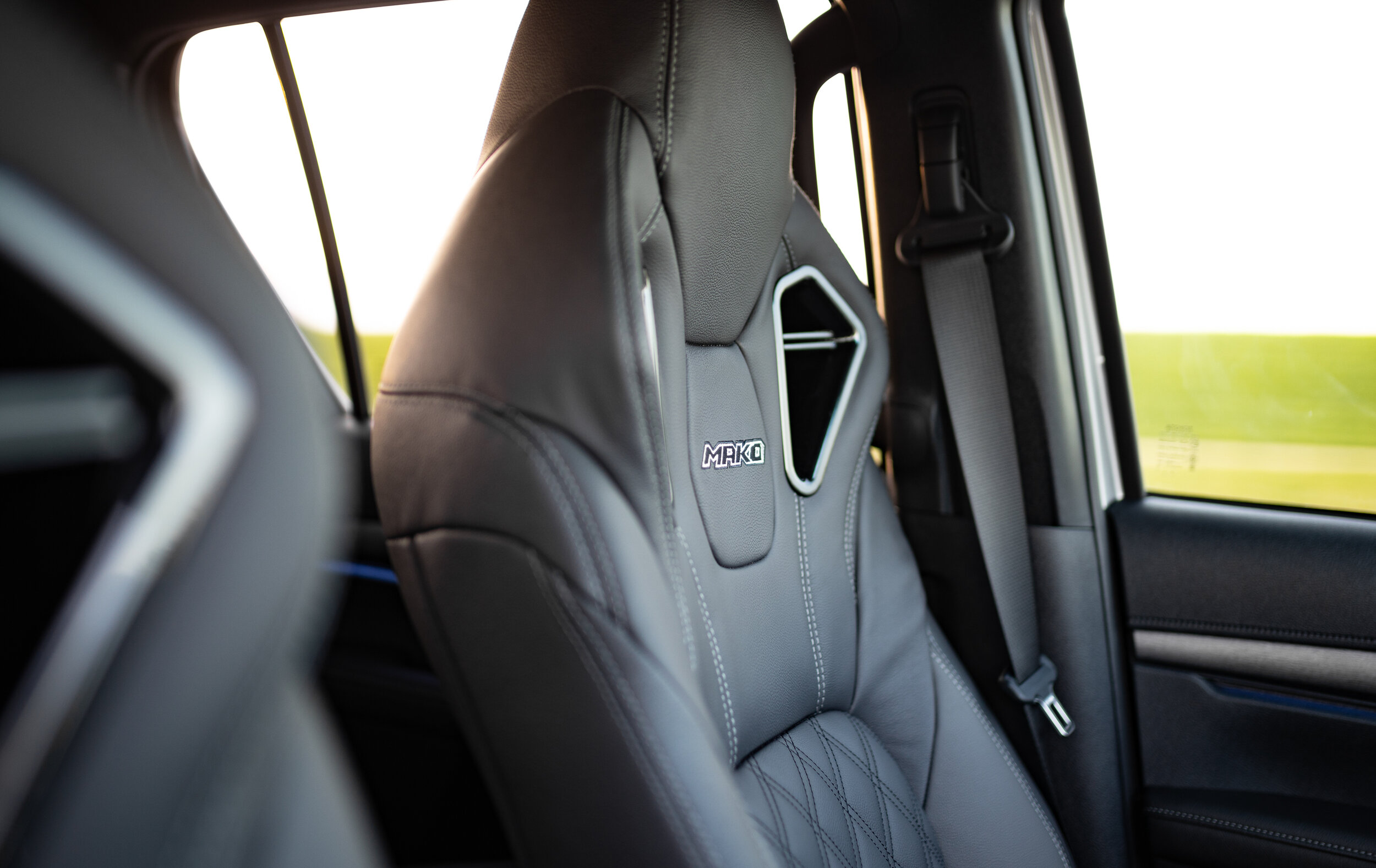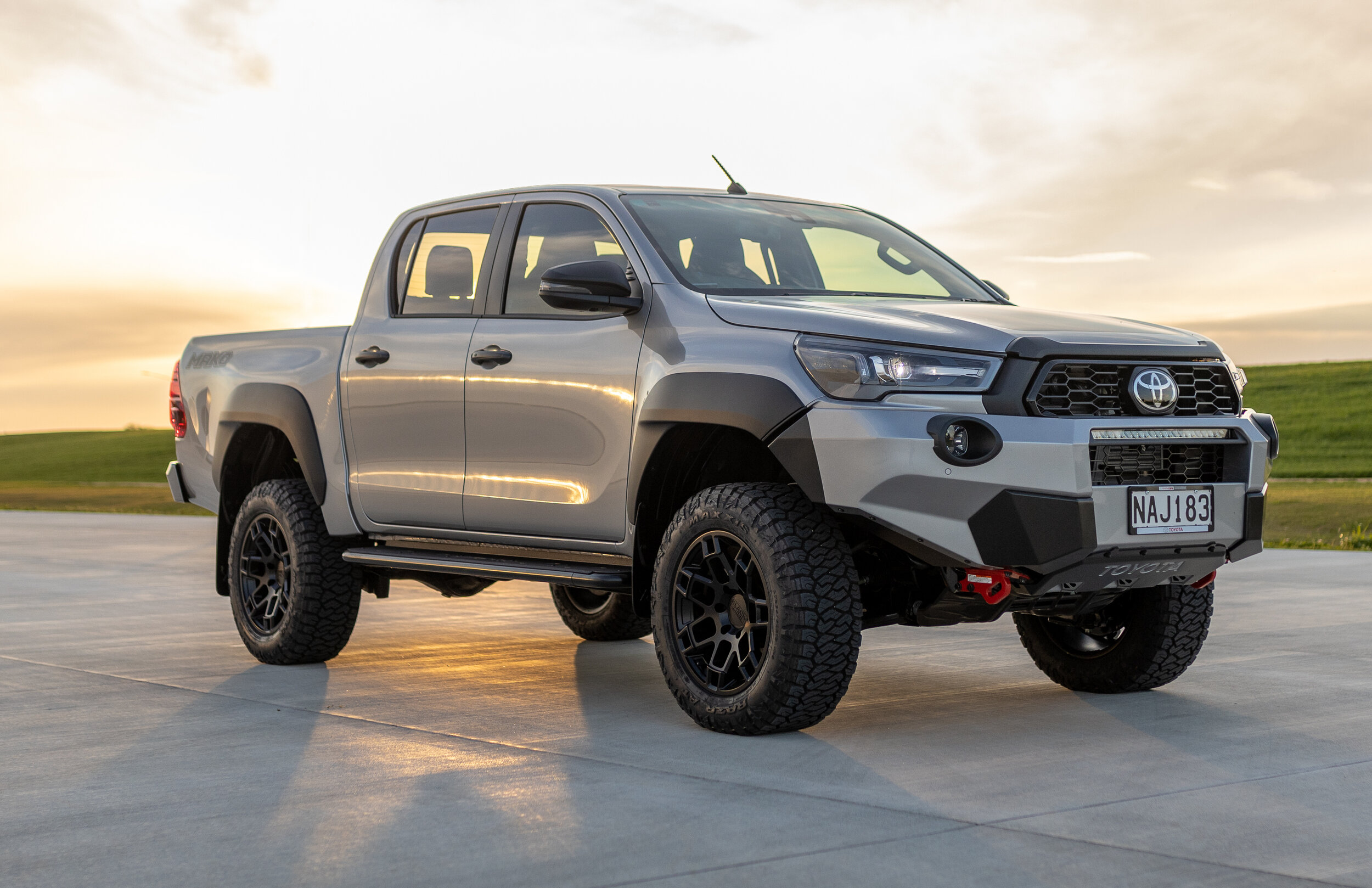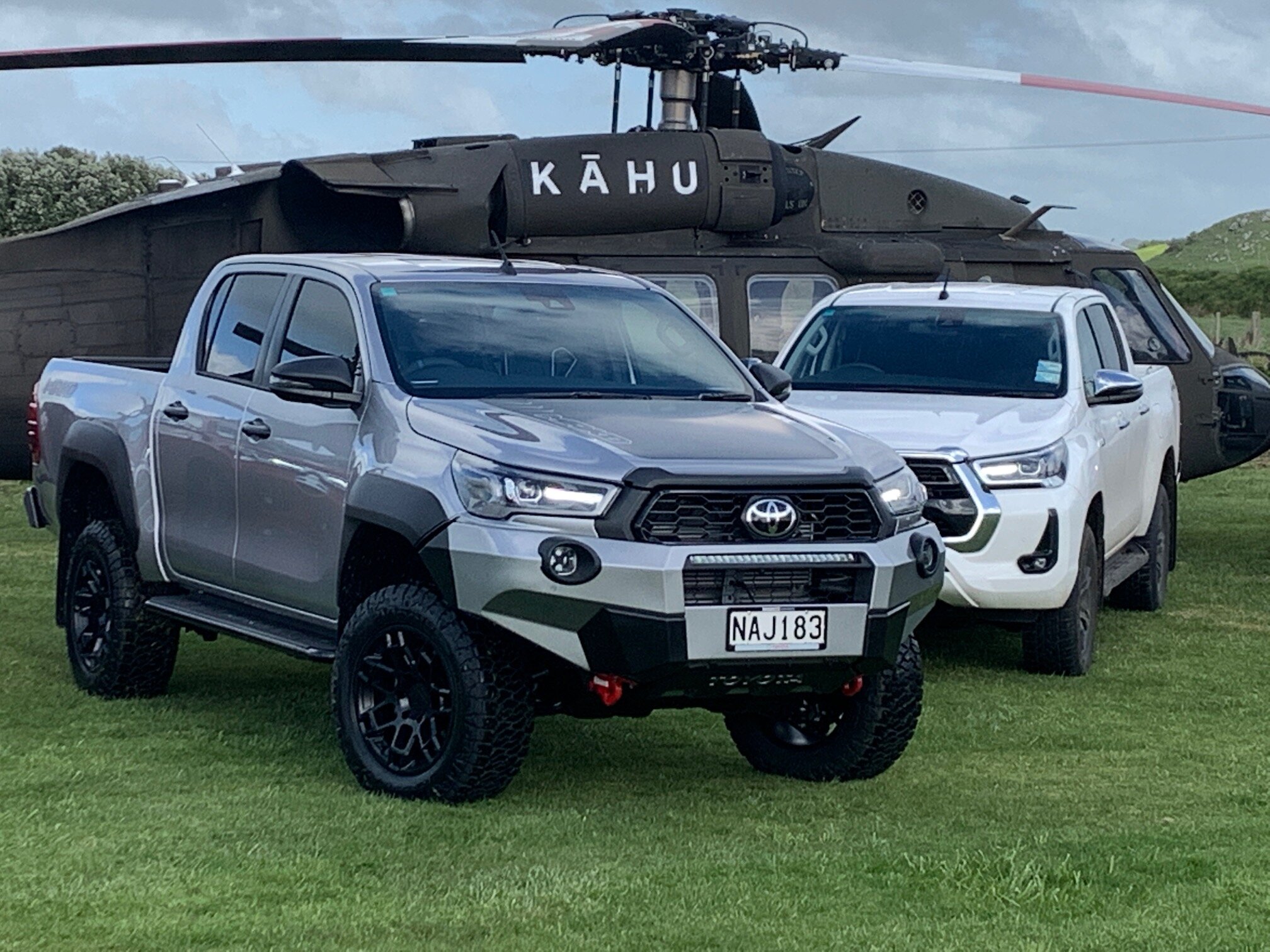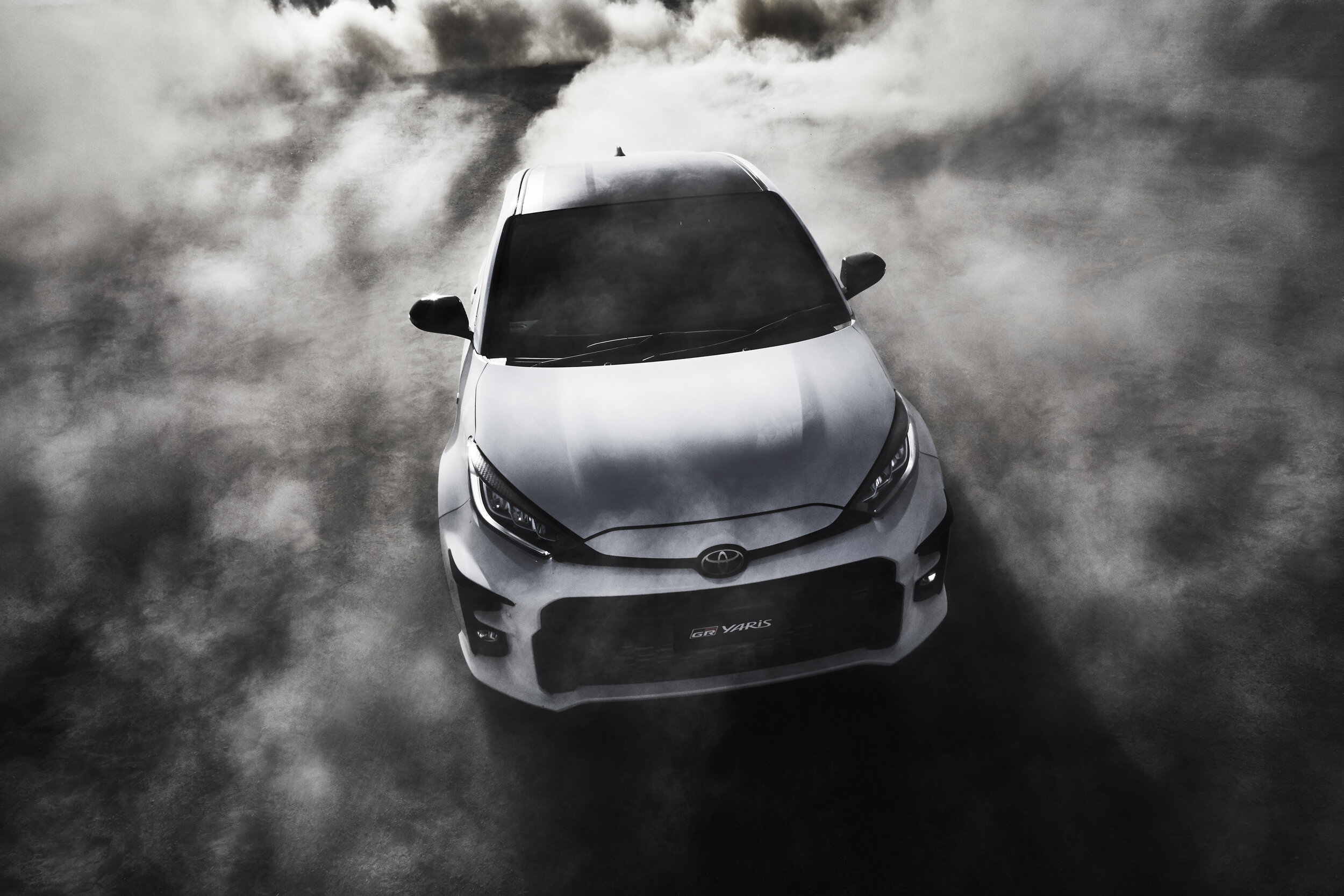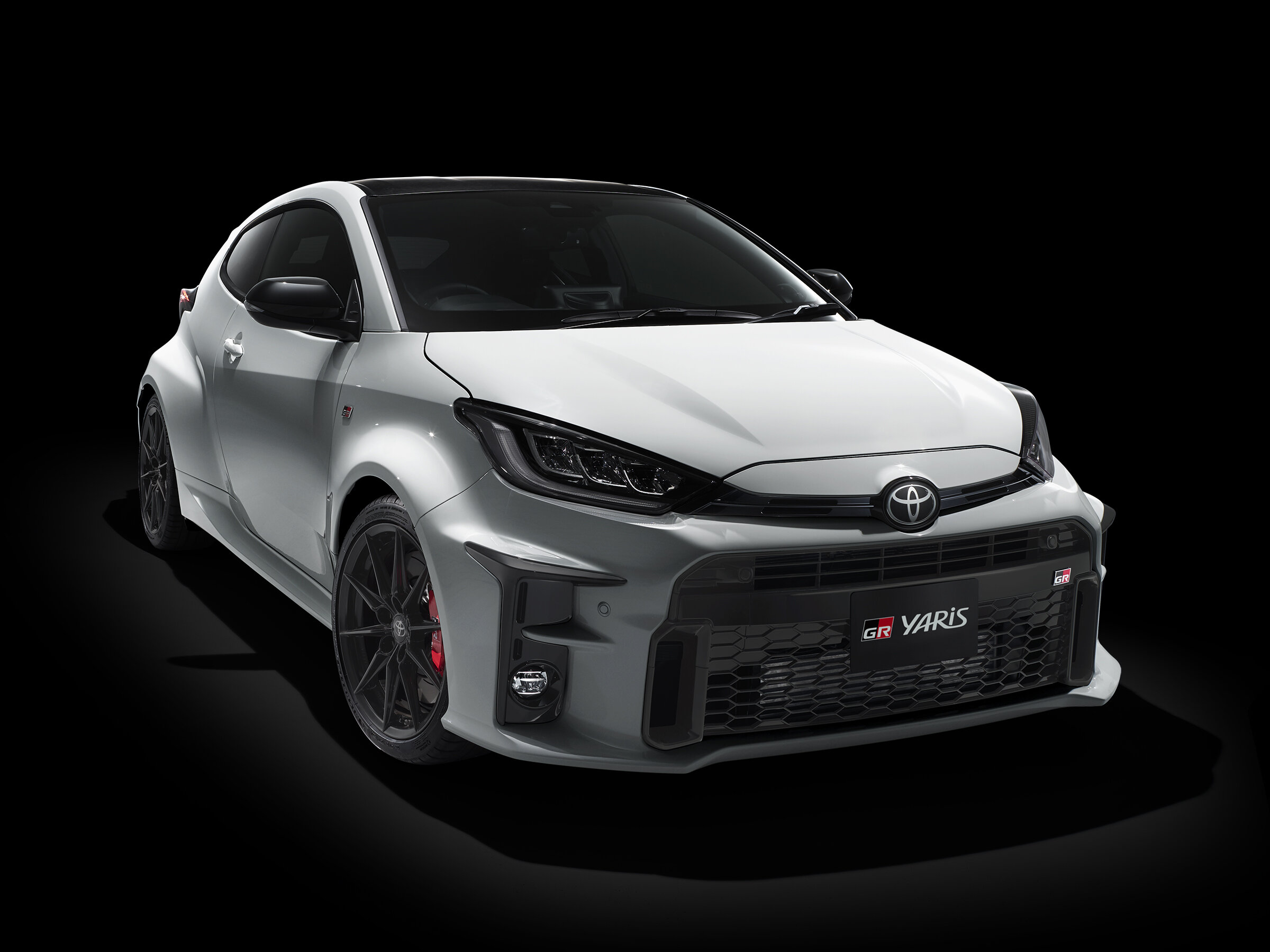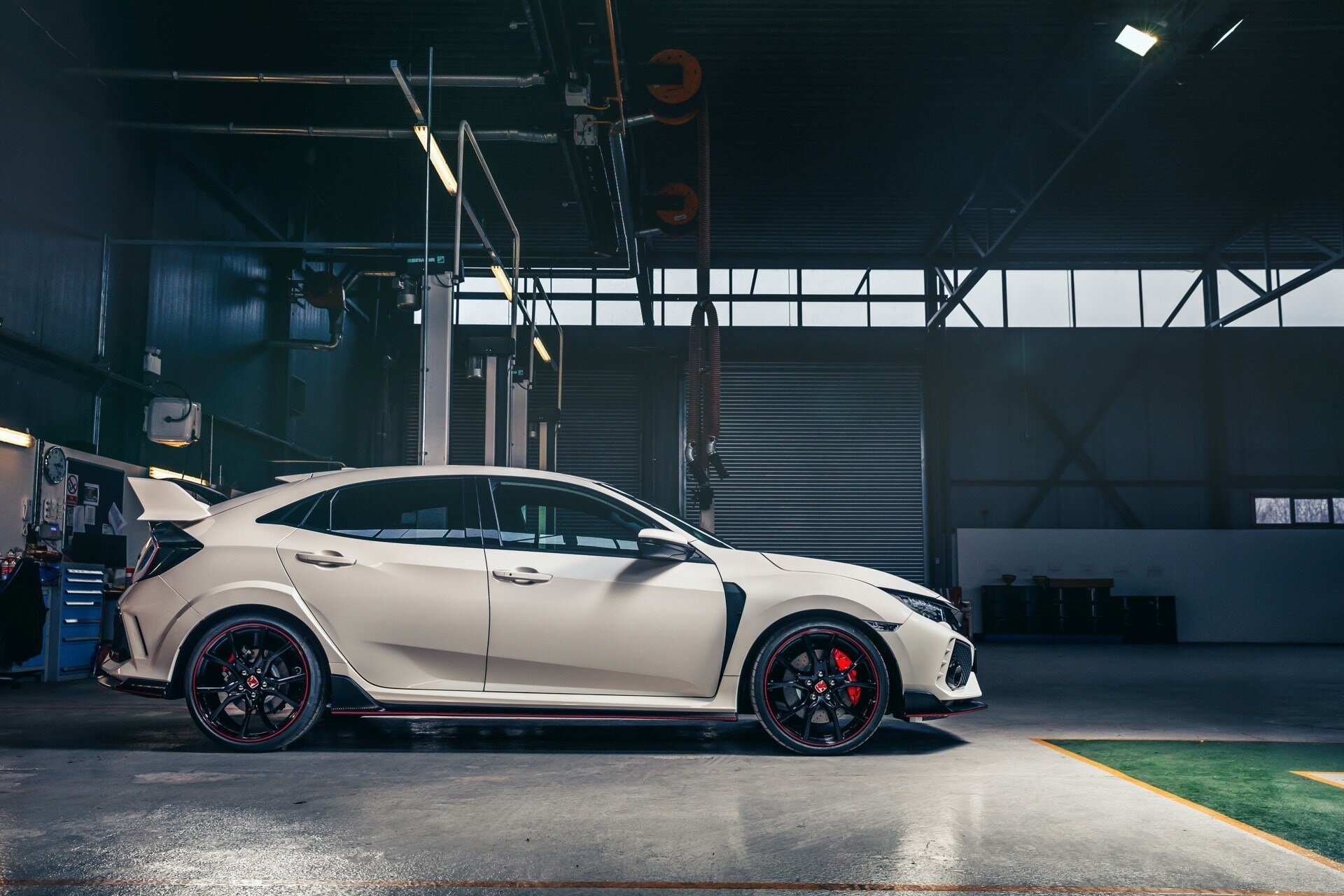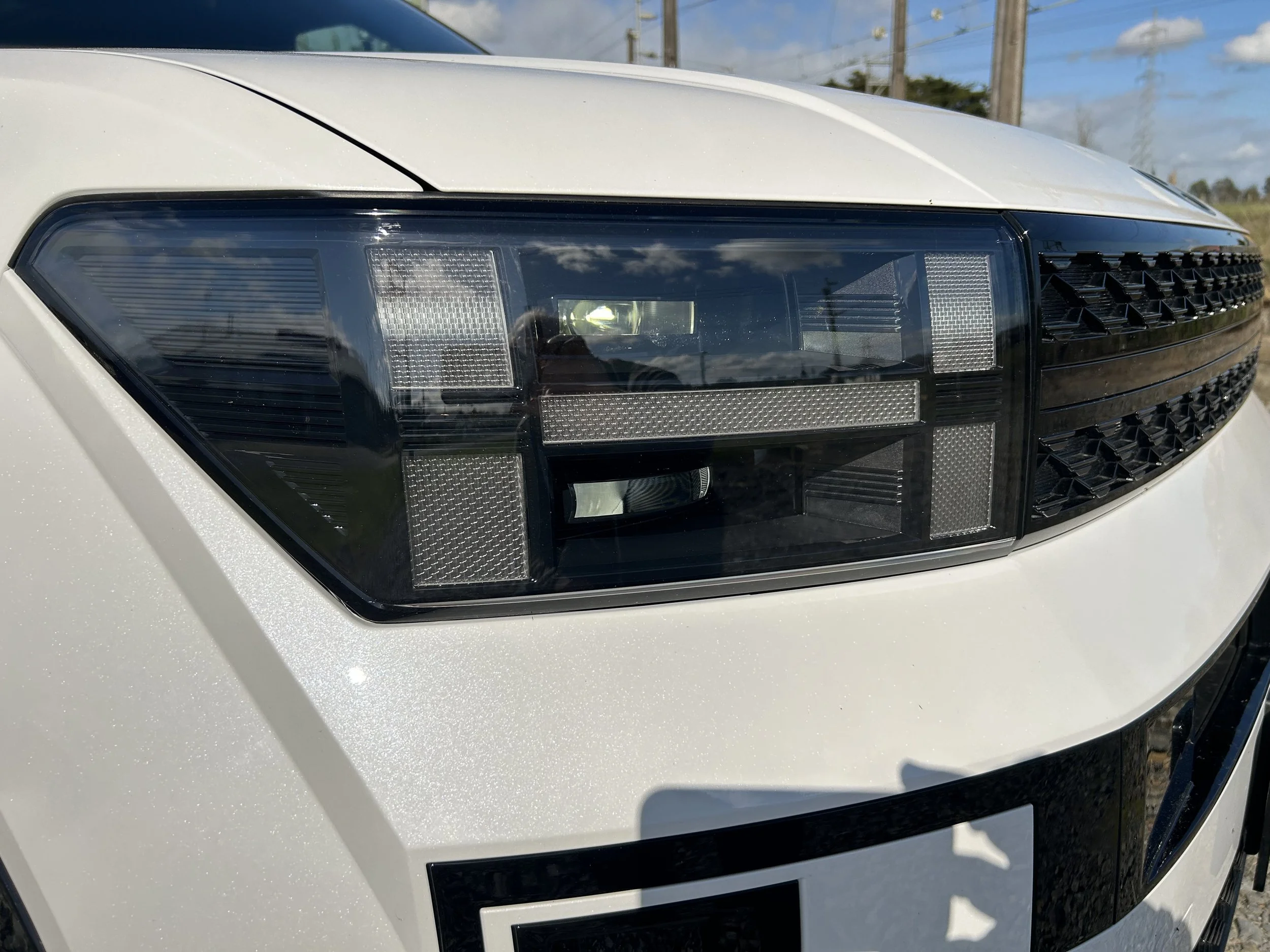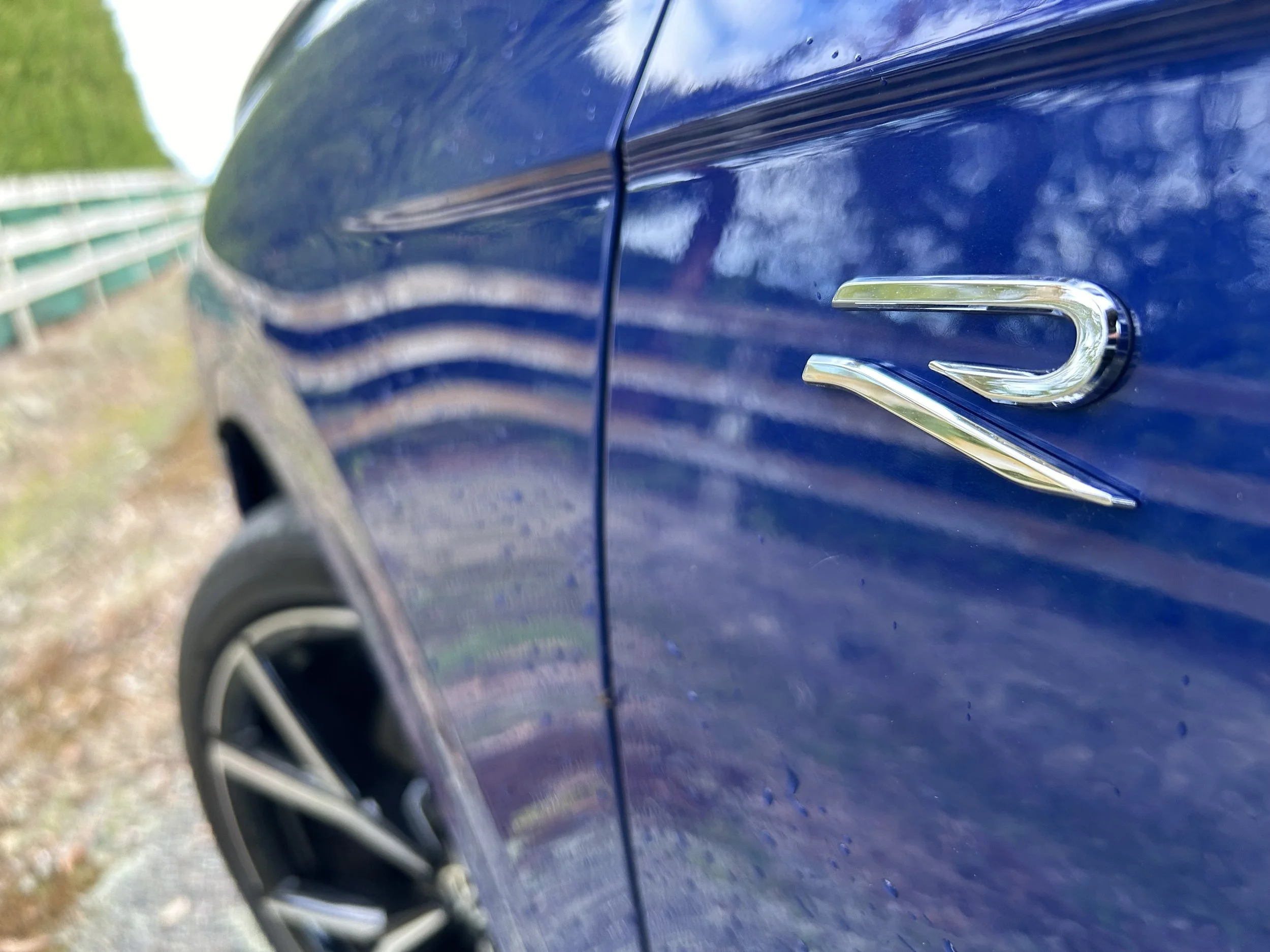Electric Hilux possible, electric world …?
/Batteries could be included for a New Zealand favourite but don’t imagine every future Toyota will go that way, the brand says.
bz4x previews toyota’s first fully electric car, out next year. But it doesn’t mean every future Toyota will power play this way.
TOYOTA has fired up focus on the potential for a New Zealand market icon, the Hilux, being battery-driven yet also suggested a fully electric driving world is improbable.
The matters have been addressed by Toyota Australia, which has acknowledged that the push to add hybrid or pure electric power to all models could eventually see the introduction of a battery-compelled version of the top-selling one-tonne ute.
Additionally, however, the distributor has spoken stridently in suggesting not every vehicle on the planet can ever switch to pure electric power, primarily because this transition would simply shift the problem from tailpipes to power stations.
This viewpoint has spurred Toyota New Zealand to say that it’s a reminder that each country has its own challenges and that our neighbour’s are different to our own.
Says TNZ chief executive Neeraj Lala: “The challenge for Australia and TMCA (Toyota Motor Corporation Australia) is that in transitioning to BEV a large proportion of their electricity is generated by fossil fuels hence the commentary on shifting the problem.”
In comment on Tuesday, a day after the home office of the world’s biggest car maker unveiled the pure-electric BZ4X, a RAV4-sized and styled model that has been confirmed for New Zealand availability from 2022, the Australian operation’s sales and marketing boss contended: “Despite this week’s focus on (pure-electric cars), we cannot achieve carbon neutrality simply by turning all our cars into (pure-electric vehicles).”
The statement from Sean Hanley is potentially a litmus paper to electric vehicle supporters who hold belief there is no reason why New Zealand should not stop the sale of new fossil fuelled vehicles by 2035, as proposed by a Government study, and wholly embrace a mains-fed future.
On this, Lala says: “That is an issue at the source of electricity generation for Australia (albeit it a far smaller issue here in NZ) … we have our own challenges and need to continue to work with the Government and relevant industries to continue our transition to a low emission vehicle fleet in NZ.”
The new car market leader concurs with a view also put by the Australians – namely, that the world of tomorrow will be better served by a choice of future vehicle technologies.
To that end, Toyota says over the next decade it will expand its choice of technology – beyond petrol and diesel vehicles – by introducing more hybrid, plug-in hybrid, pure-electric, and hydrogen models.
A fully electric Hilux? Never say never, apparently.
Lala offered that because each country has its own unique challenges in considering models in their market including powertrains and electrification “…the Toyota global view has been to not focus on just one but multiple powertrain options so countries and customers can have a variety of low emission options that suit them.
“As the technologies advance, there is a likelihood that electrified models will span across our whole model range (this is our longer term objective) and if these are developed and introduced as HEV, PHEV or BEV has a dependency on how mature the market is and what benefits the power train can offer the customers in that market.”
While not responding directly to the concept of a battery Hilux, he offered this view. “ … NZ customers want more rugged utes that can go off-road, tow and carry loads so a BEV option would need the support of charging infrastructure in both urban and rural/remote locations to be practical for our customers.”
The idea of an electric ute fits in with contention from Toyota’s agency in the United States, which this week let slip that pick-up trucks it sells will take this form of propulsion.
The timing is anyone’s guess. Having previously said it wanted to have battery-influenced versions of every important car it makes in circulation by 2025, Toyota Japan this week pushed out that timeframe to 2030.
Also, while Toyota has said a Hilux EV could happen, it also says that it might be a decade before we see it. In the interim, then, a hybrid option could still be in the more immediate future.
The thought out of Australia about the purely battery-fed Hilux has come with a caveat about the need for such a vehicle to be up to surviving Australia’s tough conditions.
However, when asked about the imminent arrival of electric versions of the Tesla Cybertruck, Ford F-150 and Chevrolet Silverado in the US – and the possibility of a Toyota rival – Toyota Australia executives reportedly said an electric Hilux could not be ruled out.
The CarAdvice website has quoted the senior product planner for Toyota Australia, Rod Ferguson, as saying: “We have not ruled out a pure-electric Hilux” and, though such a vehicle would “definitely be a challenge, but until we get to point where we say we can’t do it, we will explore every option”.
Advancements in battery systems could one day make an electric heavy-duty ute possible, Ferguson said.
bz4x is RAV4-sized, but will it compete directly with the popular sports utility?
“We need to consider the packaging and changing platforms (vehicle architecture). We haven’t ruled it out.”
In respect to the idea of an utterly electric driving world, Toyota Australia’s executives are not so sure.
According to Hanley: “One-quarter of the world’s CO2 emissions today come from electricity generation. Even by 2040, more than half the world’s electricity is expected to be generated by fossil fuels.”
“Therefore, if all cars were to become (pure-electric vehicles), the demand for electricity would increase and carbon neutrality could be a long way off.
“We simply cannot achieve carbon neutrality by only producing electric vehicles,” said Hanley, especially as “more than half the electricity generated by 2040 will still be powered by fossil fuels.
“In the end, the main driver of electrification (of vehicles) will be … the consumer,” said Hanley, adding that Australians have a “broad use” of vehicles and a vast range of demands, from rural and city use to mining and off-road driving.
“Our vehicles must be fit for purpose. There’s no point bringing a car to market if it can’t do what consumers want.”






































